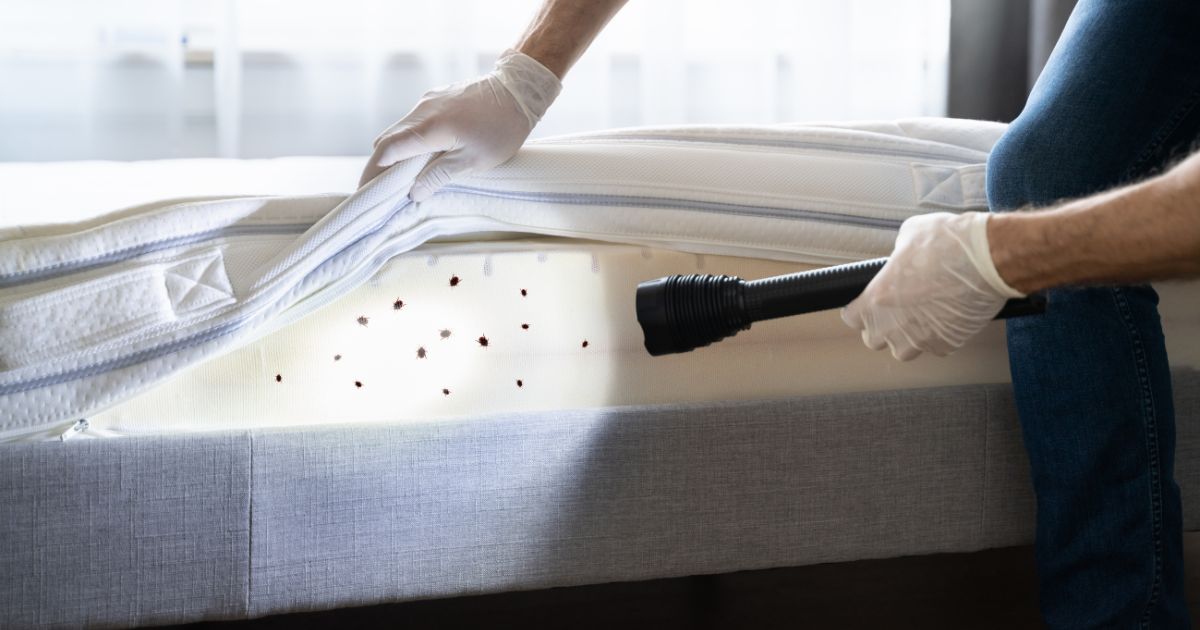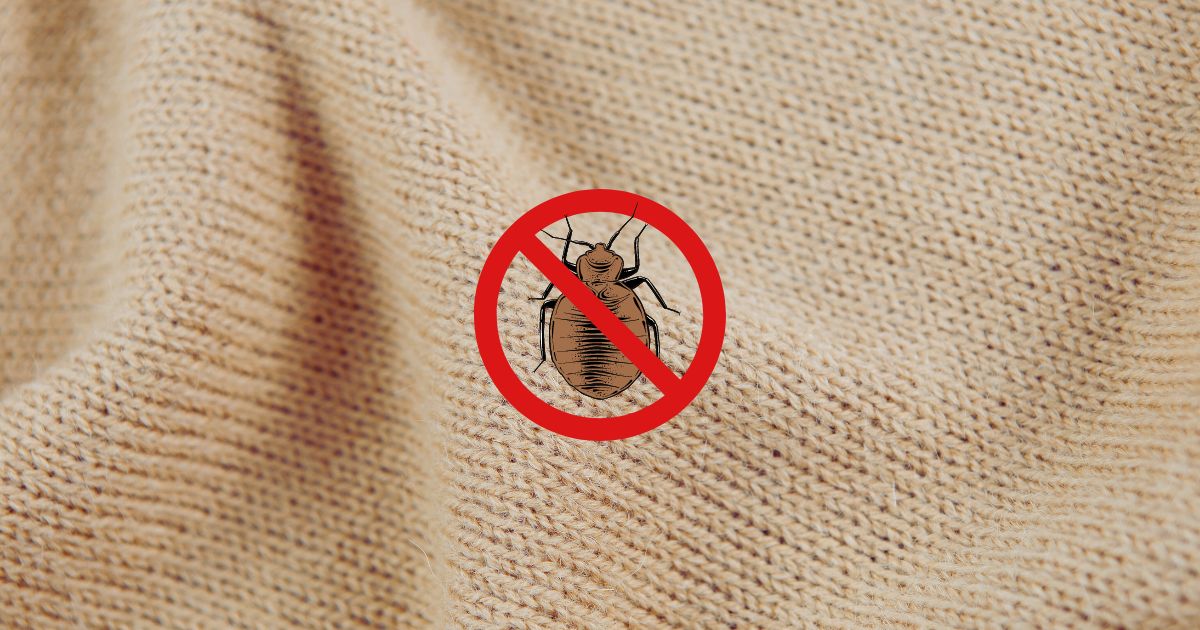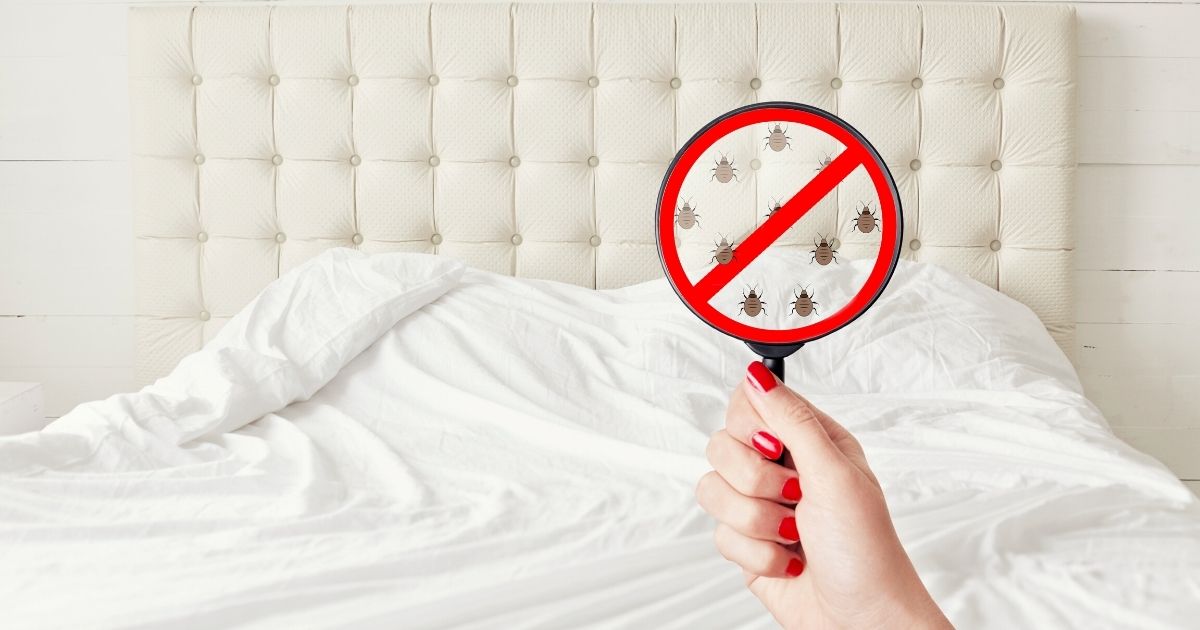Bed Bugs in the Kitchen: Understanding, Preventing, and Treating Infestations in Singapore
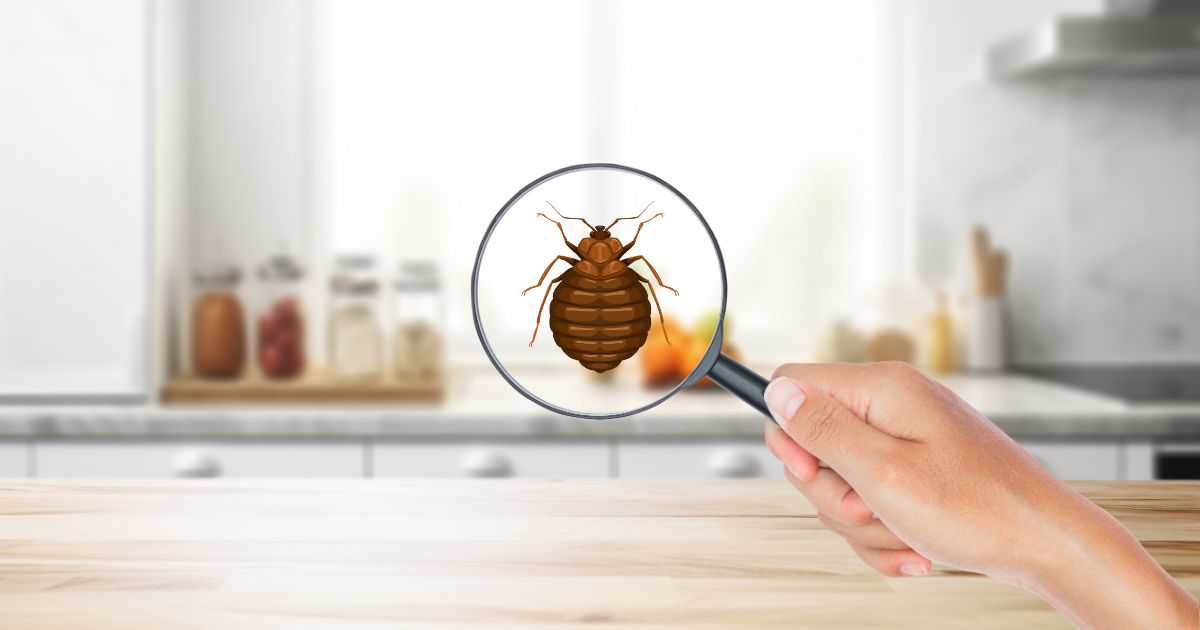
Bed bugs, typically associated with bedrooms, can pose significant challenges and risks when they infest kitchens. The presence of bed bugs in kitchens not only raises concerns about food contamination but also associated health risks. Early detection, preventative measures, and prompt action are crucial in managing bed bugs in your kitchen.
Understanding Bed Bugs in Kitchen Settings
Usually bed bugs stick to certain rooms in your home, specifically bedrooms. However, if the right conditions are present, bed bugs can be found in other rooms, including kitchens. They can enter kitchens through infested food packaging, appliances, and even through tiny cracks in walls and floors. Bed bugs easily get attached to items moved from one place to another, making kitchens vulnerable especially if connected to other infested areas.
While they do not transmit diseases, bed bug bites can cause itching, and they pose specific health hazards. Their bites can cause allergic reactions and secondary infections from scratching. Moreover, the presence of bed bugs in the kitchen can compromise food safety, as they may contaminate food sources and surfaces with their shed skins, fecal matter, and potentially harmful bacteria.
Signs and Detection of Bed Bugs in the Kitchen
Common signs of bed bugs in the kitchen include:
- Visible Bugs: Even though they are small, adult bed bugs can sometimes be seen with the naked eye.
- Shed Skins: As bed bugs grow, they shed their skins, leaving behind evidence of their presence.
- Fecal Stains: Small, dark spots on surfaces can indicate bed bug droppings.
- Musty Odors: A distinctive, musty odor may be noticeable in heavily infested areas.
It is important to conduct thorough inspections of potential hotspots and hiding places, such as behind kitchen appliances, inside cabinets, and in cracks and crevices. Regularly checking these areas can help in early detection and prevention of bed bug infestations.
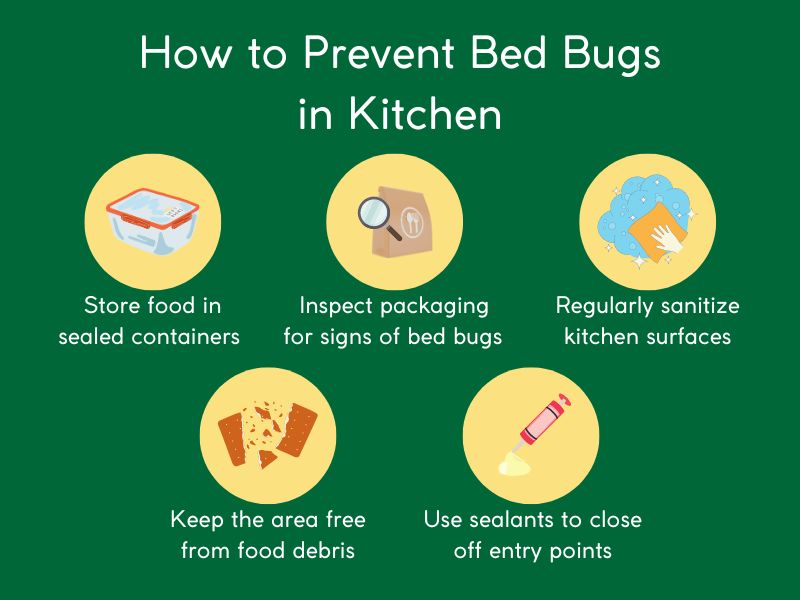
Prevention Strategies for Kitchen Bed Bugs
Keeping kitchens free from bed bugs involves several proactive measures:
- Storage Practices: Store food items in sealed containers and inspect packaging for signs of bed bugs before bringing them into your kitchen.
- Maintain Cleanliness: Regularly sanitize kitchen surfaces, reduce clutter, and keep the area free from food debris that can attract bed bugs.
- Sealant Application: Use sealants to close off cracks, crevices, and other potential entry points to prevent bed bugs from accessing the kitchen.
Want to find out more about bed bugs removal in Singapore?

Treatment and Management Options
If you find bed bugs in your kitchen, there are several effective treatment options and management strategies you can try:
- Vacuuming: Use a vacuum cleaner to thoroughly clean cracks, crevices, and other hiding spots. Dispose of the vacuum bag or contents immediately in a sealed plastic bag to prevent re-infestation.
- Steam Cleaning: Use a steam cleaner to treat infested areas, as the high heat kills bed bugs and their eggs. Be cautious with steam near electrical outlets and appliances to avoid damage.
- Using Bed Bug Sprays or Powders: Carefully apply indoor bed bug sprays following the instructions. Diatomaceous earth can also be used to create a barrier that bed bugs must cross, which dehydrates and kills them. Ensure that any chemicals used are safe for kitchen environments and will not contaminate food or surfaces where food is prepared.
- Professional Pest Control: Hiring professional pest control services in Singapore offers a more thorough and targeted approach. Pest control professionals are experienced in identifying the infested areas and handling severe infestations safely and effectively.
Pro Tip: Hiring pest control professionals is an effective way to ensure a bed bug-free environment home.
Safety Considerations and Regulations
When dealing with bed bugs in the kitchen, safety is essential. If using chemicals, follow all instructions carefully to avoid contaminating food and kitchen surfaces. Consider non-toxic DIY alternatives that are safer for kitchen environments.
If you suspect that there are bed bugs in your home, National Environment Agency (NEA) in Singapore advises to engage pest management companies to ensure safe bed bugs removal.

Pest Problem? Let Us Help.
We offer fast and effective precision treatments to eliminate pests while ensuring a safe environment for your home or business.
Maintaining a Bed Bug-Free Kitchen
Dealing with bed bugs requires a proactive approach. Regularly inspect your kitchen and take preventive measures to maintain a bed bug-free environment. Collaboration with pest control professionals can also provide effective solutions to manage infestations and ensure the safety of your home.
Author: Soleha Nisaa
Frequently Asked Questions
Bed bugs may end up in kitchens as they move on infested items like food packaging or appliances from other areas of an infested home.
Common hiding places include behind kitchen appliances, inside cabinets, in cracks and crevices, and under sinks.
While bed bugs are unlikely to infest food itself, they can contaminate food items with their droppings and shed skins.
Bed bugs do not typically come out of sinks, but they may hide in cracks and crevices near sinks.
Prevent kitchen bugs by storing food securely, maintaining cleanliness, sealing entry points, and conducting regular inspections.


